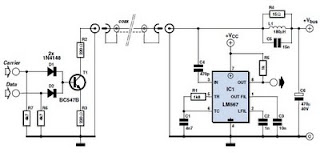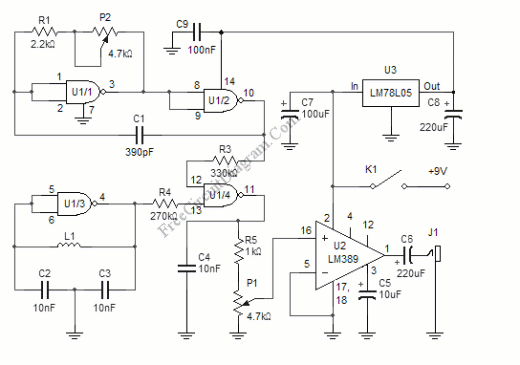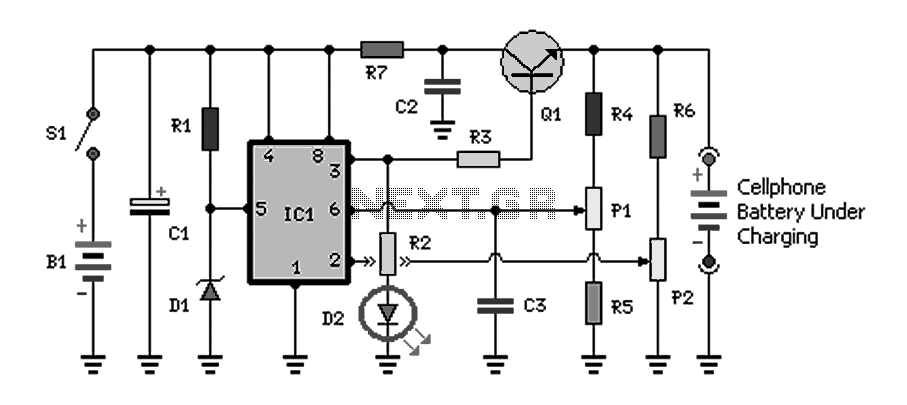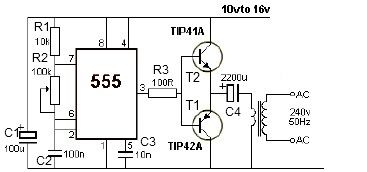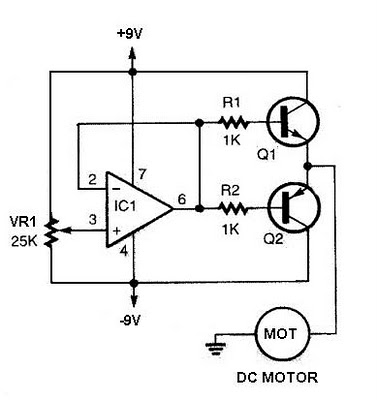
Random password keyboard circuit
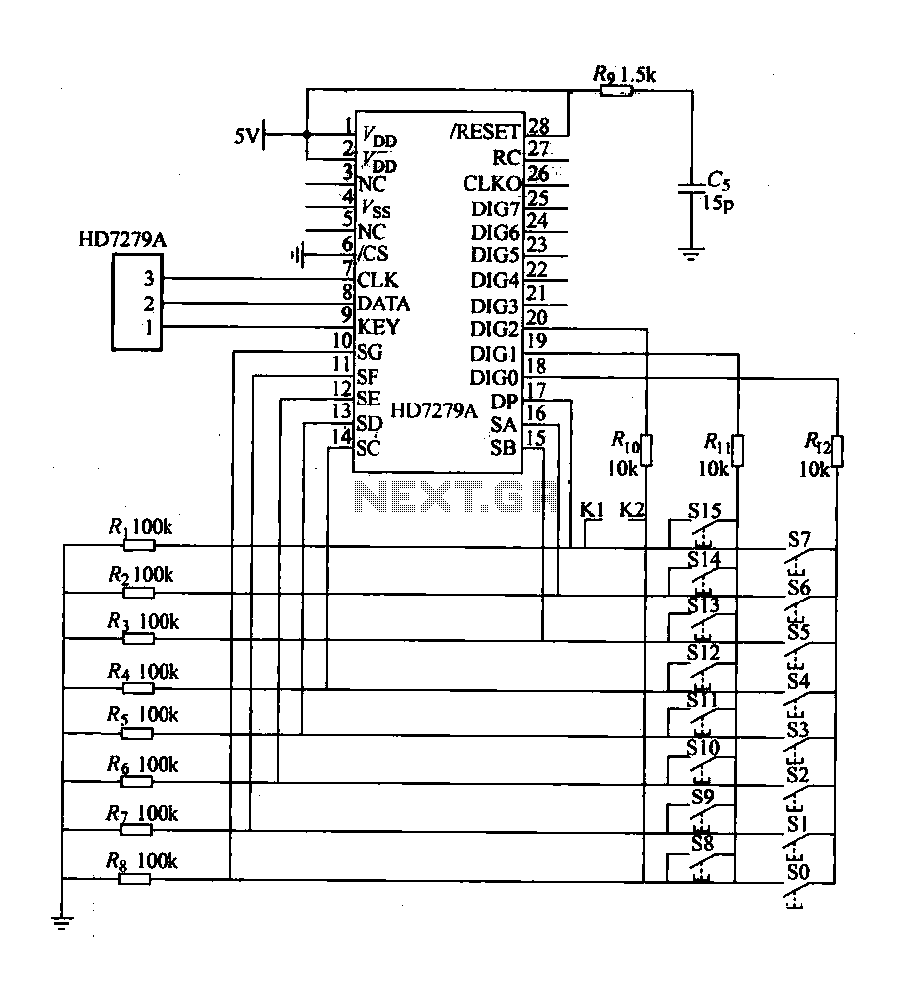
The design includes a front panel featuring buttons for setting 10 number keys (0-9), along with additional keys such as "Move Down," "Health," "Enter," "Recover," and a "Door Key," totaling 16 keys. The system also incorporates an interior door key and a molded button design. Upon successful card reader activation, a round drive relay station is triggered. This operation connects relays K1 and K2, which remain engaged for 10 milliseconds before disconnecting, effectively simulating the action of an access key.
The circuit design revolves around a user interface consisting of a keypad with 16 distinct buttons, enabling various functionalities. Each button is connected to a microcontroller that interprets the key presses. The microcontroller serves as the central processing unit, managing inputs from the keypad and controlling outputs to the relay system.
The relay station comprises two relays, K1 and K2, which are responsible for simulating the access key action. When the card reader detects a valid card, it sends a signal to the microcontroller, which activates both relays simultaneously. This activation is time-controlled, remaining engaged for a precise duration of 10 milliseconds. After this period, the microcontroller sends a command to deactivate the relays, ensuring that the simulated access is brief and secure.
The interior door key functionality is integrated into the system, allowing for additional security measures. The design also includes a molded button for ease of use, ensuring that the user can operate the system effectively without confusion. The entire circuit can be powered by a standard DC power supply, with careful attention to voltage and current ratings to ensure reliability and safety.
In summary, this electronic schematic involves a keypad interface, a microcontroller for processing inputs, and a relay system that simulates access control. The design emphasizes user-friendliness while maintaining a high level of security through timed relay activation.Design, the front panel buttons to set the 10 number keys and the keys 0-9, move the key, down health, Enter, i recover key, door key j count 16 keys. Ding also features in the interior door key, in addition, the design of a mold swaddling clothes button. When the card reader shirk success. Round drive relay station is closed, so that Kl, K2 connection, 10ms after closing relay station, Kl, K2 off, thus simulating access key action,
The circuit design revolves around a user interface consisting of a keypad with 16 distinct buttons, enabling various functionalities. Each button is connected to a microcontroller that interprets the key presses. The microcontroller serves as the central processing unit, managing inputs from the keypad and controlling outputs to the relay system.
The relay station comprises two relays, K1 and K2, which are responsible for simulating the access key action. When the card reader detects a valid card, it sends a signal to the microcontroller, which activates both relays simultaneously. This activation is time-controlled, remaining engaged for a precise duration of 10 milliseconds. After this period, the microcontroller sends a command to deactivate the relays, ensuring that the simulated access is brief and secure.
The interior door key functionality is integrated into the system, allowing for additional security measures. The design also includes a molded button for ease of use, ensuring that the user can operate the system effectively without confusion. The entire circuit can be powered by a standard DC power supply, with careful attention to voltage and current ratings to ensure reliability and safety.
In summary, this electronic schematic involves a keypad interface, a microcontroller for processing inputs, and a relay system that simulates access control. The design emphasizes user-friendliness while maintaining a high level of security through timed relay activation.Design, the front panel buttons to set the 10 number keys and the keys 0-9, move the key, down health, Enter, i recover key, door key j count 16 keys. Ding also features in the interior door key, in addition, the design of a mold swaddling clothes button. When the card reader shirk success. Round drive relay station is closed, so that Kl, K2 connection, 10ms after closing relay station, Kl, K2 off, thus simulating access key action,
